Set aglow with soft lighting, aquariums offer visitors a glimpse into an underwater world they may otherwise never see. From massive glass tunnels surrounded by sharks to incredible aquatic exhibits of mysterious deep ocean creatures, these aquariums offer the ultimate underwater experience offering the visitors a glimpse into the undersea universe.
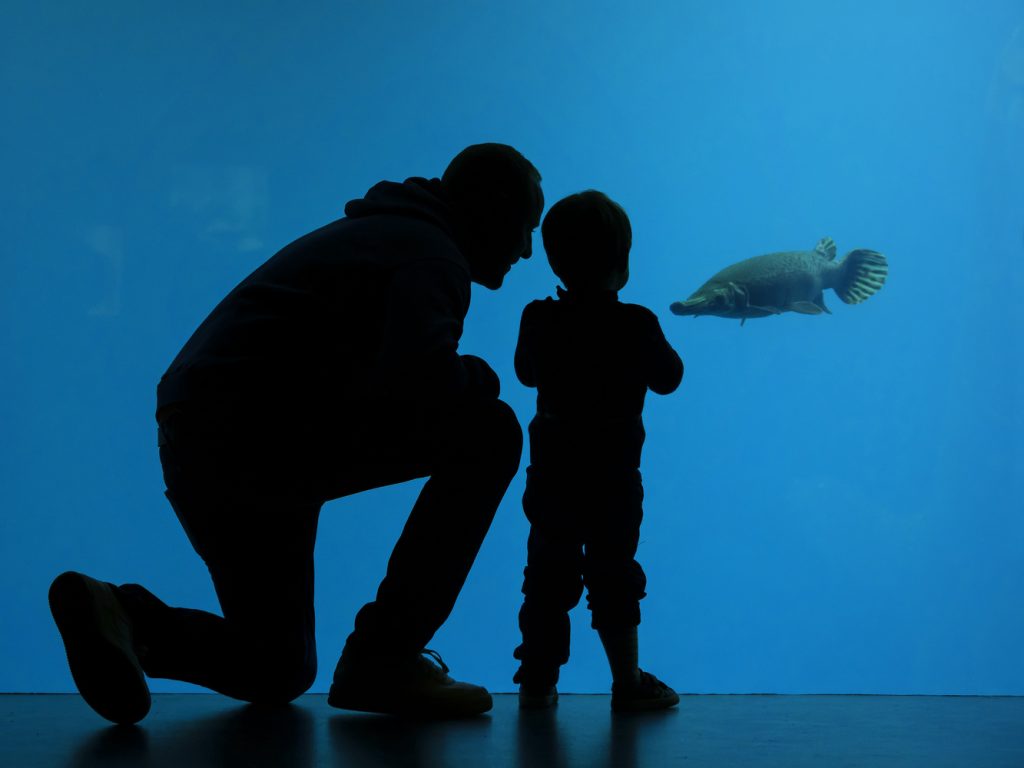
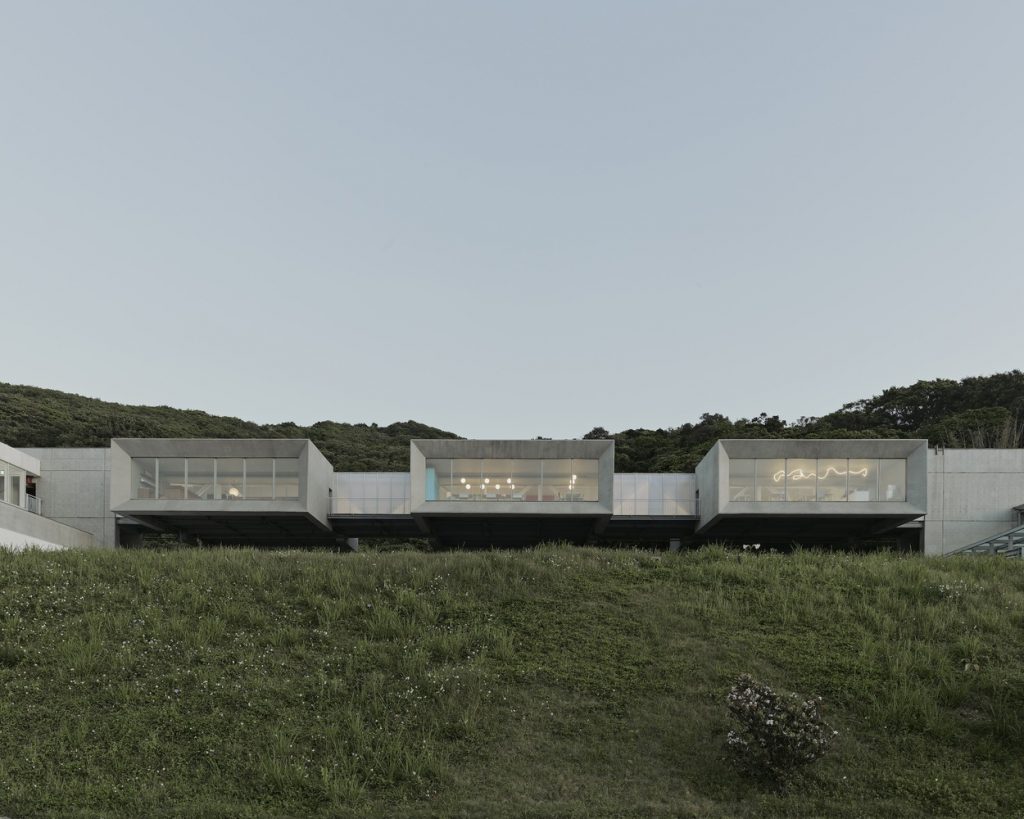
i Ocean Museum by B+P Architects
Taiwanese studio B+P Architects has renovated the existing building of the Chaojing Marine Research Center, an affiliated institution of the National Museum of Marine Science and Technology, and is an important marine research and education institution in Taiwan. Located at the restored Chaojing Park, previously the Badouzi landfill in Keelung, which was rehabilitated from a former landfill, the main buildings are divided into the south building, sky bridge, north building, and an underground aquaculture workstation.
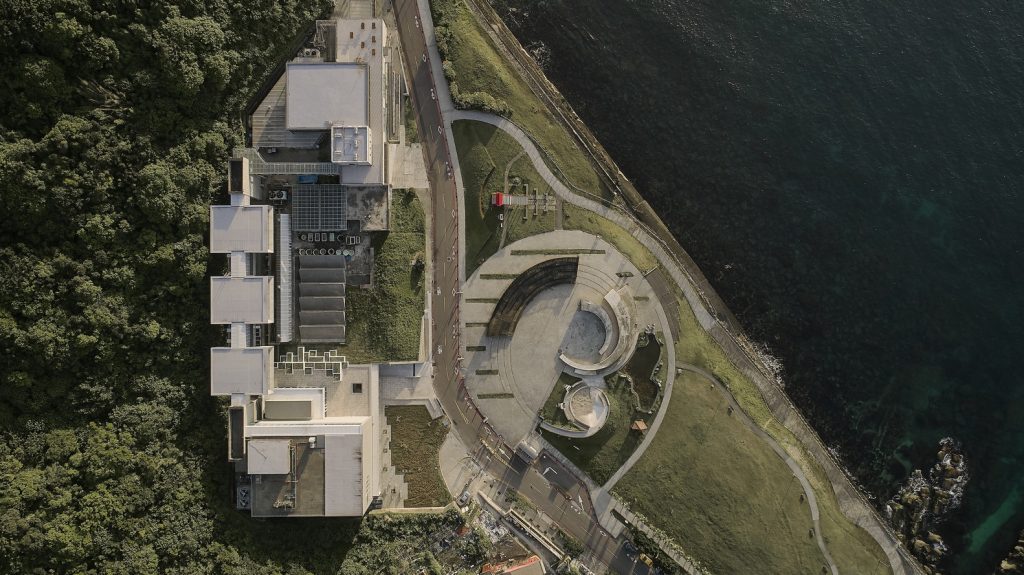
i Ocean Museum by B+P Architects
Developed to integrate with the surrounding mountains and sea, the renovation project retains some of the research office functions while transforming the research spaces into an aquarium and museum with digital multimedia interactive exhibits and ancillary commercial facilities. The mountains and sea become the real scenery of the architecture, also serving as the backdrop for water landscaping. People moving through the building can view these landscapes both inside and outside through glass curtain walls, becoming part of the scenery themselves.
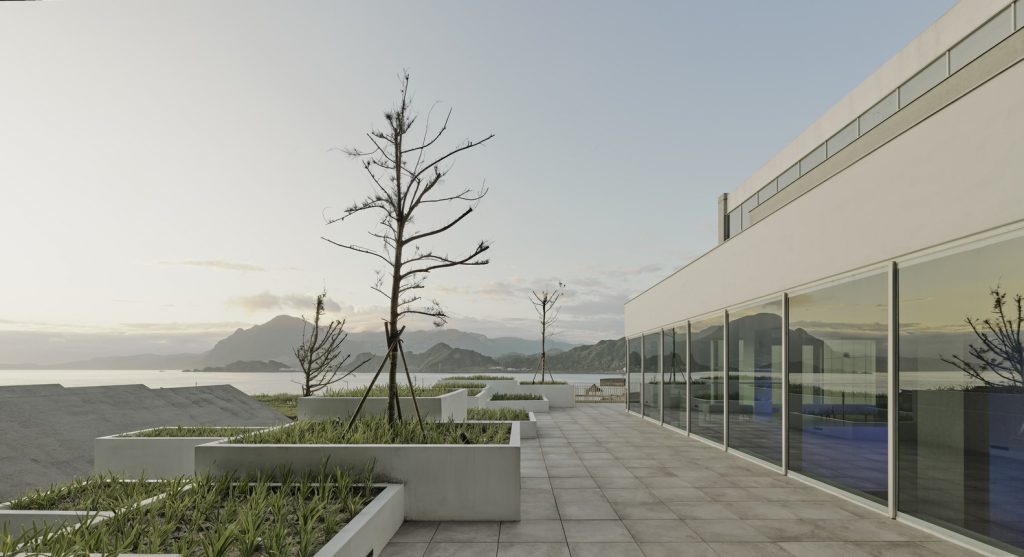
i Ocean Museum by B+P Architects
The existing buildings include an underground aquaculture workstation, the concrete volumes of the south and north buildings, and the 40-meter span steel structure of the sky bridge. The new concrete volumes are placed in the gaps between buildings, with independent structures housing large water tanks that link the internal spaces.
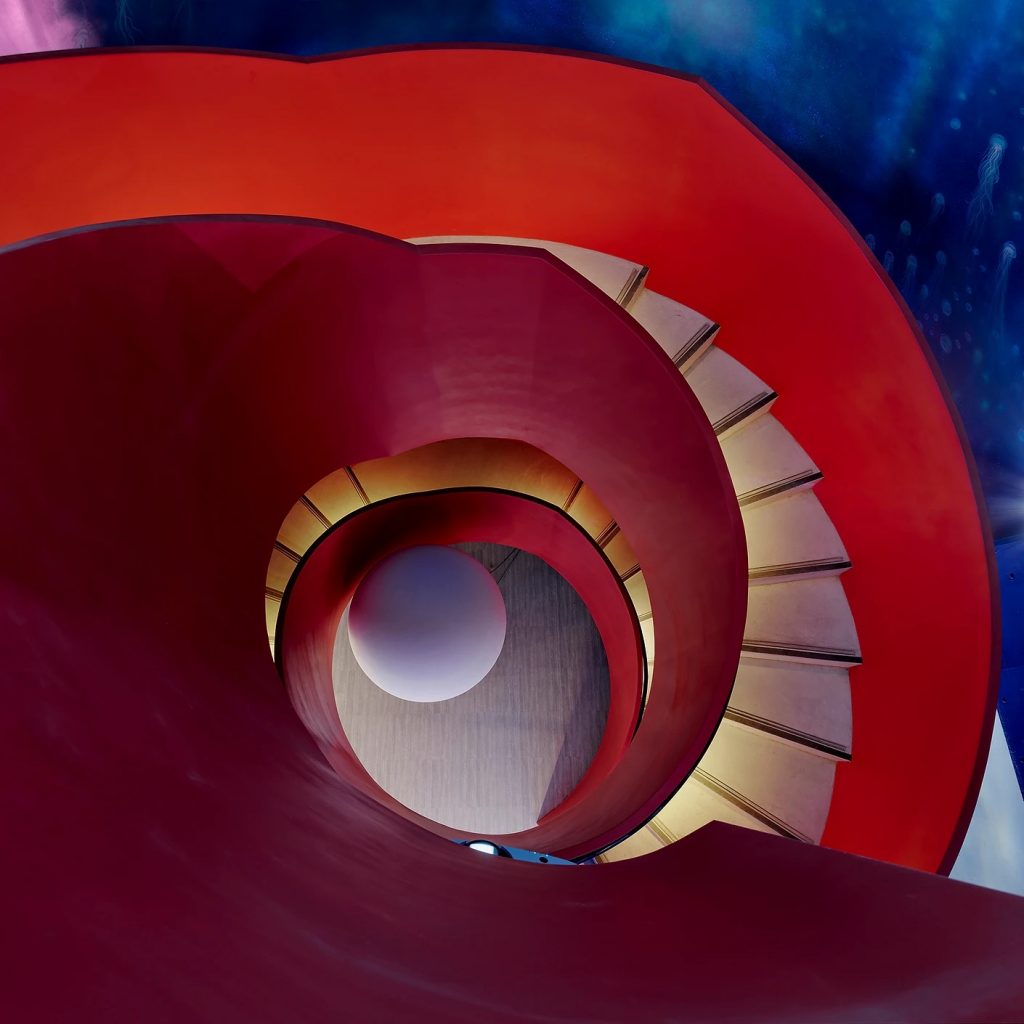
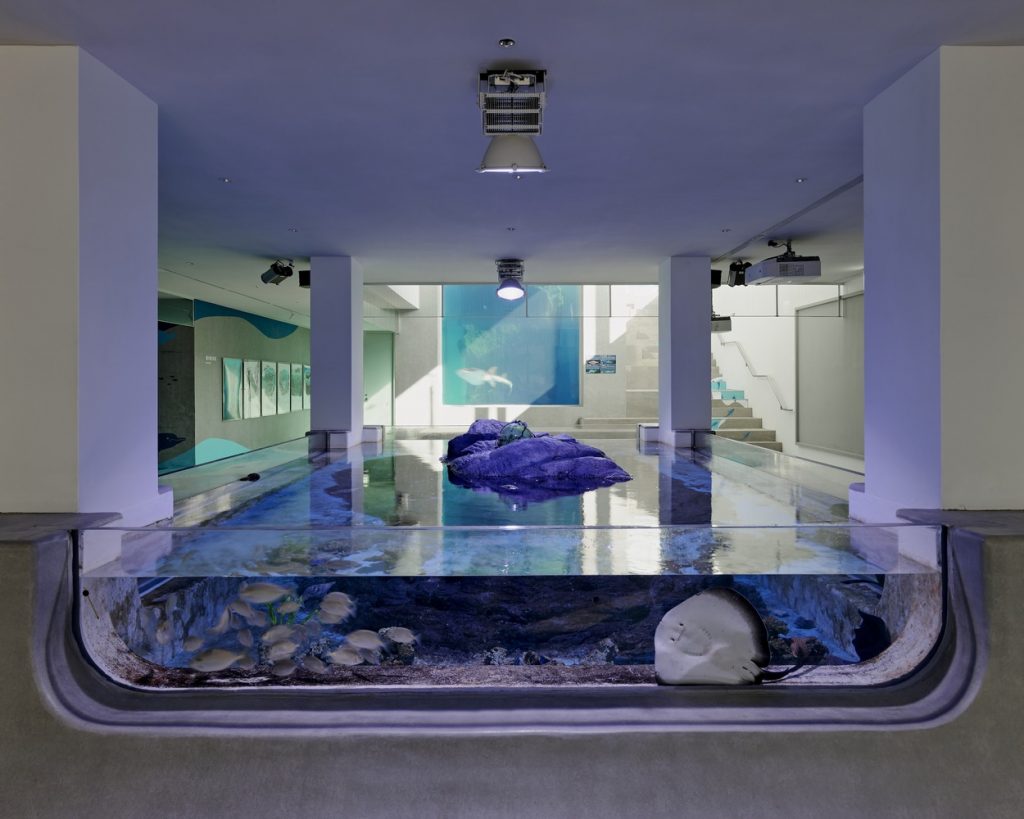
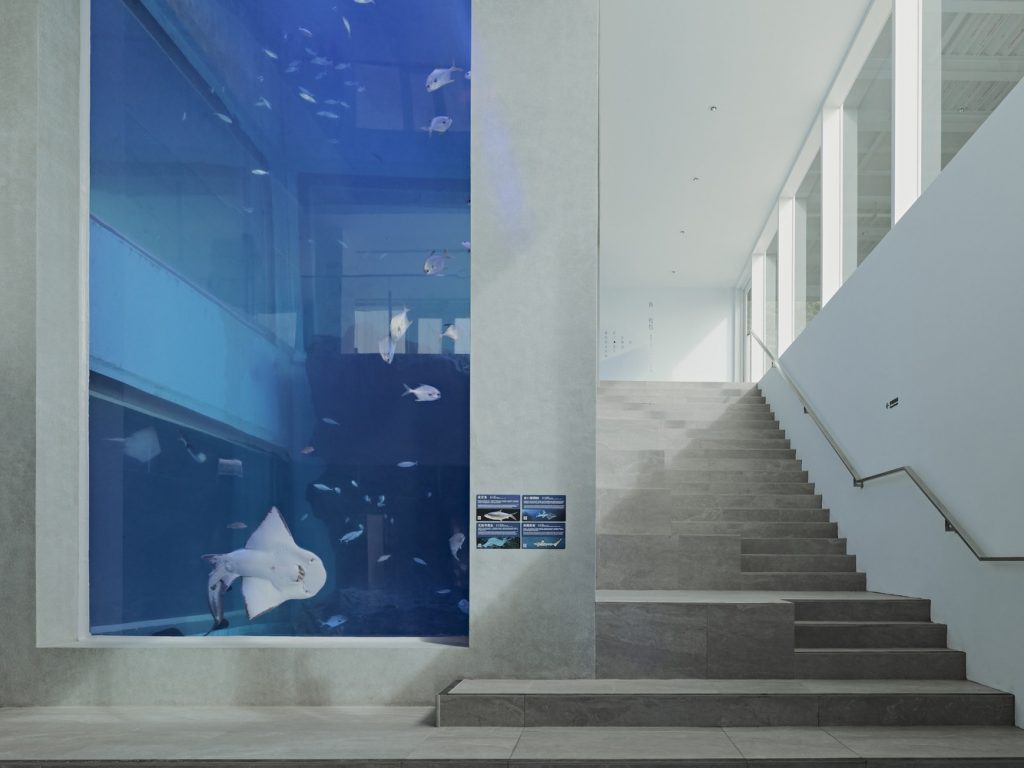
i Ocean Museum by B+P Architects
The original balconies are transformed through hollow cement panels and glass curtains, presenting exhibition black boxes and glass corridors facing the mountains and sea. Considering load-bearing and thermal performance, the sky bridge’s cladding is replaced with lightweight thermal panels and coatings. The entrance lawn on the ground floor and the outdoor green pots on the second floor, with trees and flowers, integrate the building with the fish inside, blending the concrete with the green mountains. The sky bridge box floats between the mountains and the sea.

Aquatis Complex by Richter Dahl Rocha & Associés (also header image)
Designed by the Richter Dahl Rocha & Associés, architecture firm the teams in Lausanne, Buenos Aires and Madrid, the Aquatis Complex is part of the Biopôle, a science park centred on life sciences, developing fast in the northern area of Lausanne.The development consists of a 1200-place car park forming the structural basis of the project, a 143-room hotel and a freshwater aquarium/vivarium, each building having its own identity.


Aquatis Complex by Richter Dahl Rocha & Associés
The aquarium containing two million litres of fresh water and twenty different ecosystems is the heart of the whole complex. The building comprises an organic, circular shape, which reflects its teaching and cultural missions. While the silk-screened glass façades of the hotel reflect the colours of the surrounding area and the vagaries of the weather, those of the aquarium, which are covered in 100’000 aluminium discs, shimmer as the wind blows, mimicking fish scales shining in the sun or of waves on a body of water. Water is also found at ground level, between the two buildings, in an outdoor pool, which adds to this reflected play of light, whilw contributing to the leisure aspect of the area, aimed at families.

Aquatis Complex by Richter Dahl Rocha & Associés
The ground floor of the building houses the technical equipment, essential to the functioning of the aquariums and the care of 10,000 fish and more than one hundred reptiles populating the aquarium, as well as a reception area for visitors, an entrance hall, shop, cloakroom and restaurant, with a terrace that looks out over the outdoor pool. Teaching areas situated on the upper level enable school parties to be accommodated, extending the educational aspect to the visit.

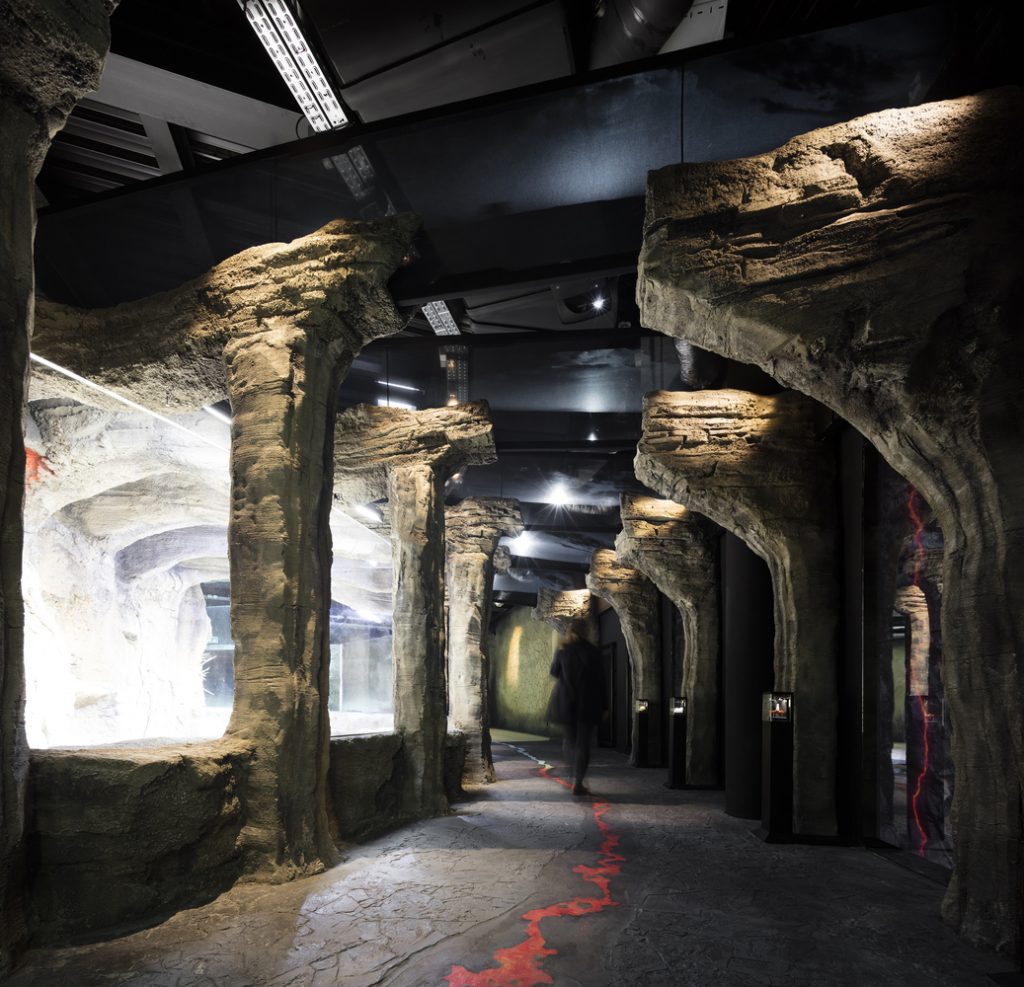
Aquatis Complex by Richter Dahl Rocha & Associés
The project is highly sustainable and ranks high on energy-efficiency. The production of cold needed for air-conditioning the whole complex is achieved by high-performance equipment, functioning with environmentally-neutral fluids and optimising heat recovery.
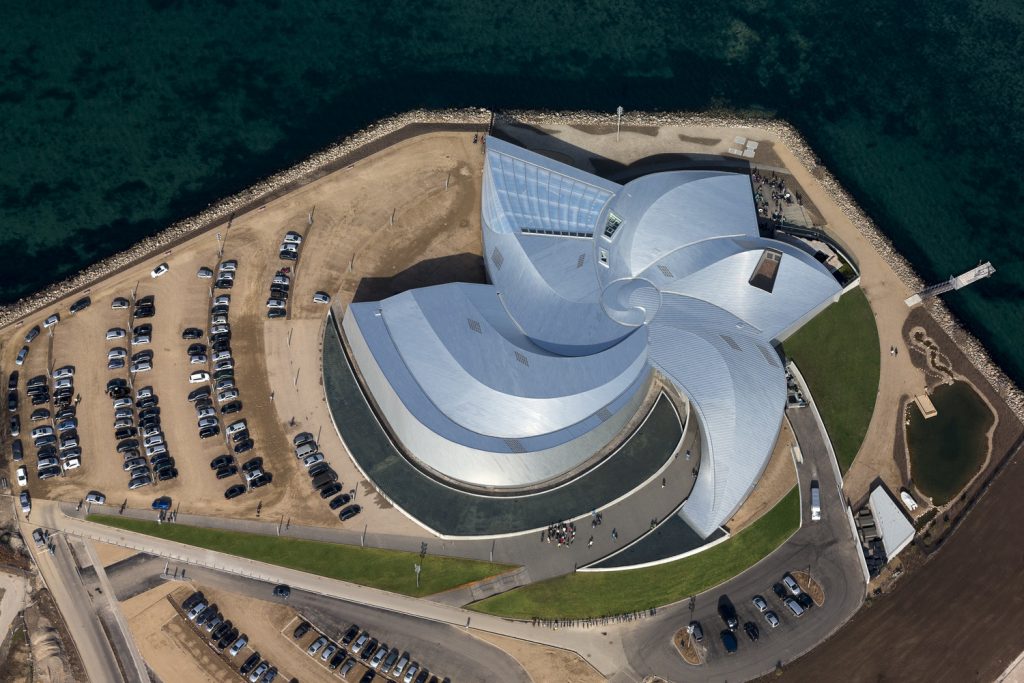
Den Blå Planet by 3XN
The whirlpool-like shape of the Denmark’s new National Aquarium, developed by Danish studio 3XN and titled Den Blå Planet (Danish for The Blue Planet, has been inspired by the whirl streams of the sea, shoals of fish, and the water in endless motion.
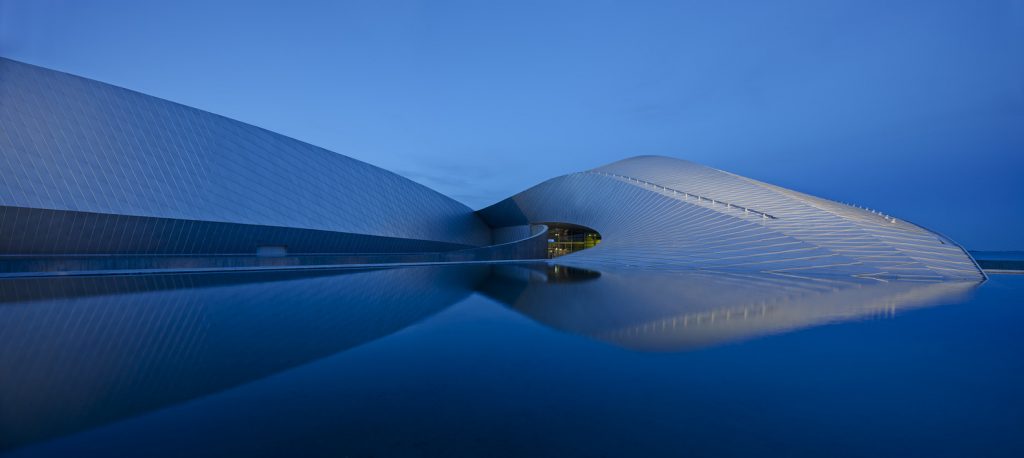
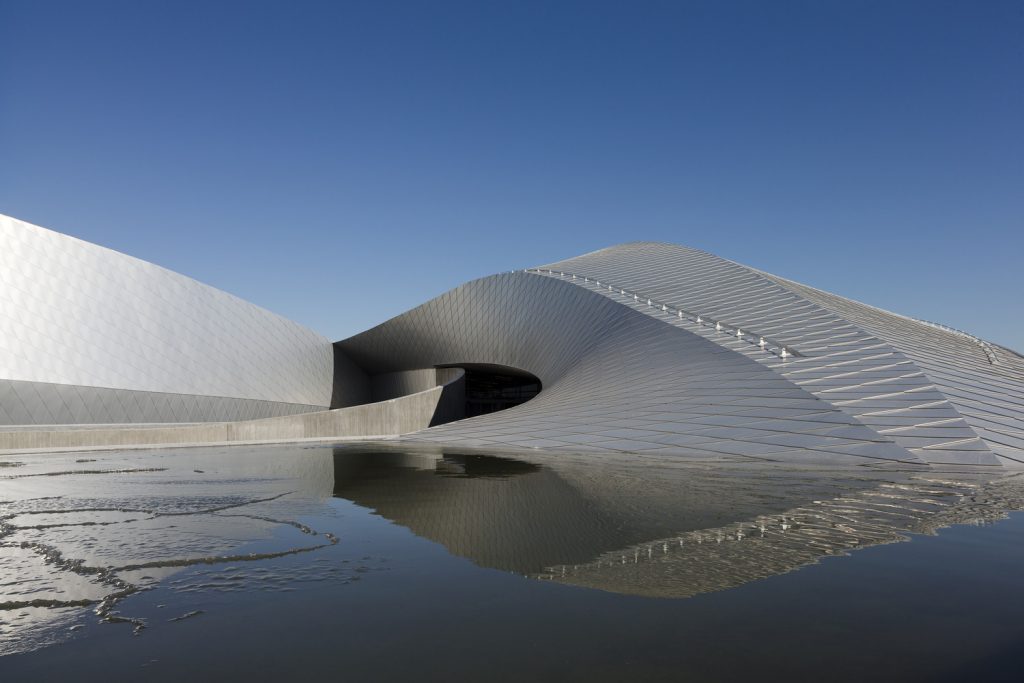
Den Blå Planet by 3XN
The building is characterized by a shimmering, ever-changing facade covered in more than 33,000 small diamond-shaped aluminium plates, which adapt to the building’s organic form and mirrors the colours and light of the sky, which resembles the water surface.
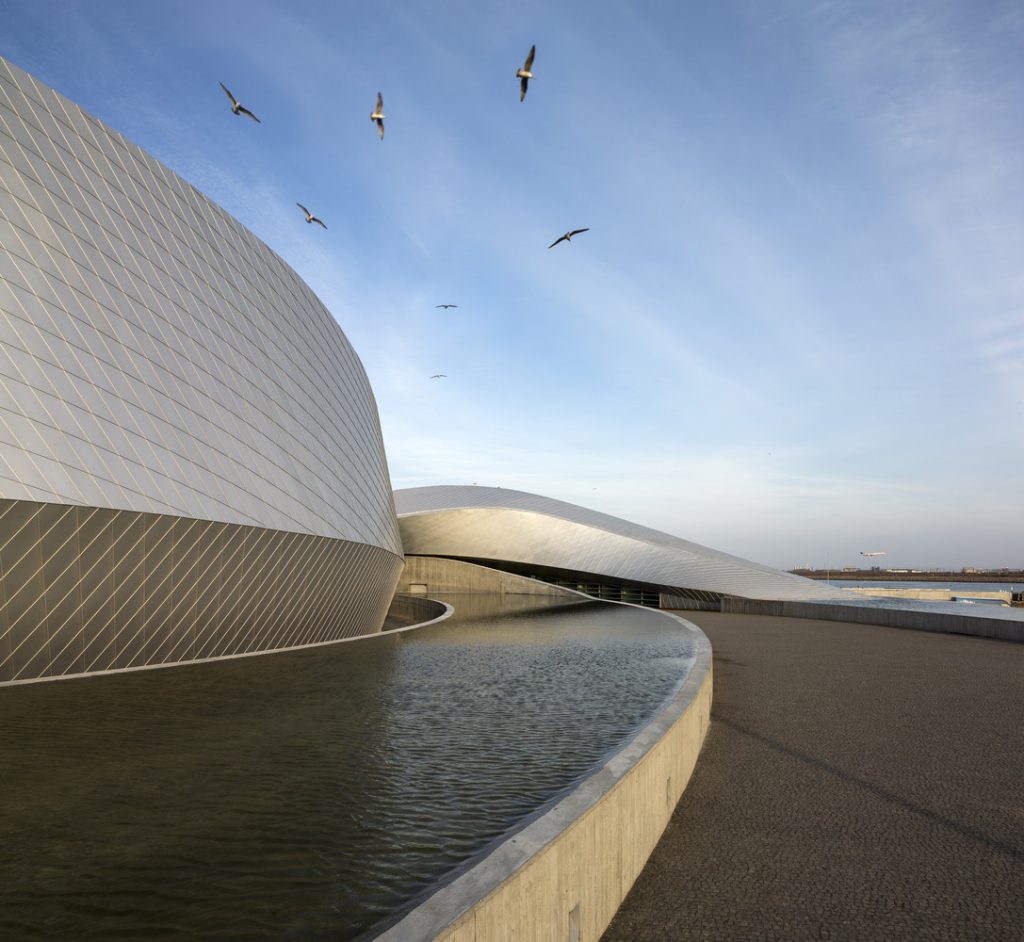
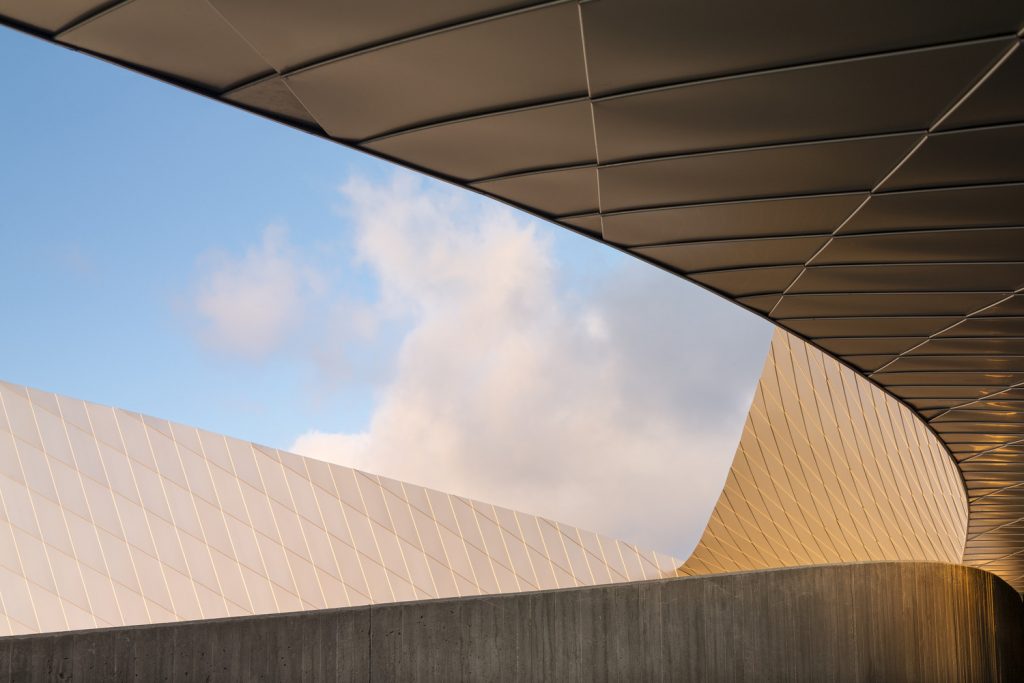
Den Blå Planet by 3XN
Clearly visible for travelers arriving by plane to the nearby Copenhagen Airport, the distinctive building has contours, which are reminiscent of a starfish. At the same time, its organic lines make it look different depending on viewing angle, inviting the viewer for their own interpretation. It might be vocative of sea waves, or an underwater creature covered in fish scales.
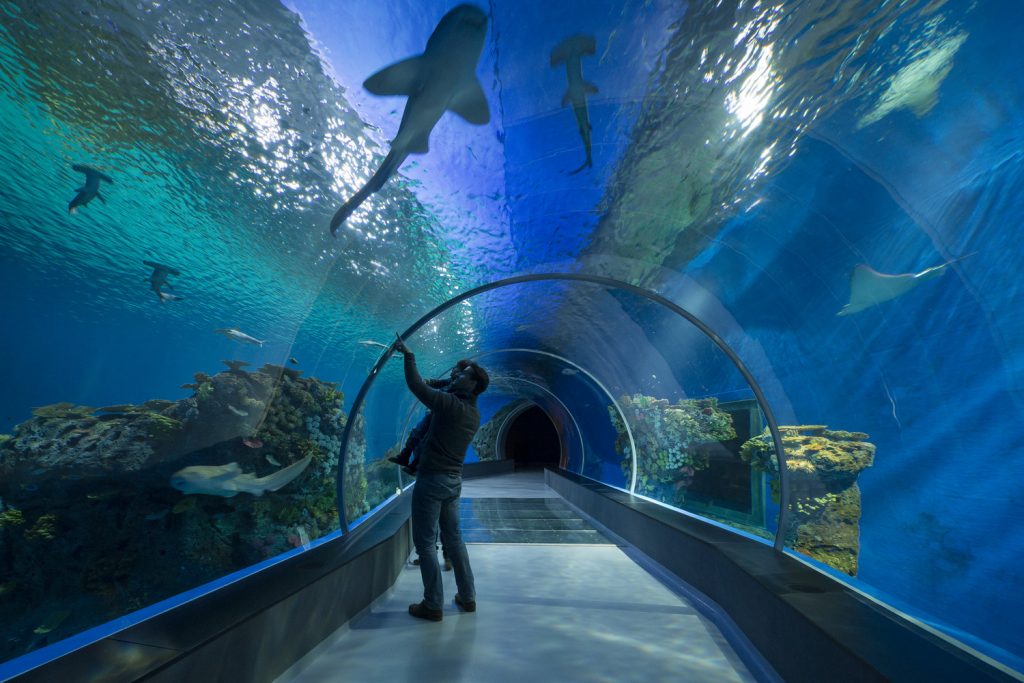
Den Blå Planet by 3XN
The structure is as practical as it is aesthetic. It can be extended with more than 30 % in order to create more exhibition space, without disrupting the building’s integrity or the operation of the aquarium.
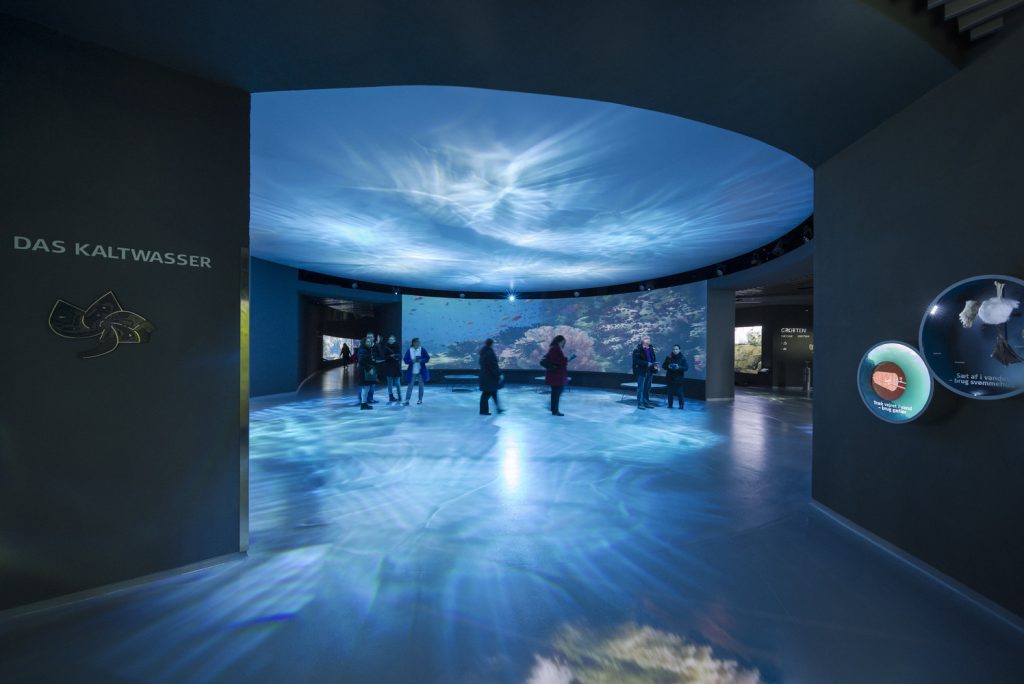
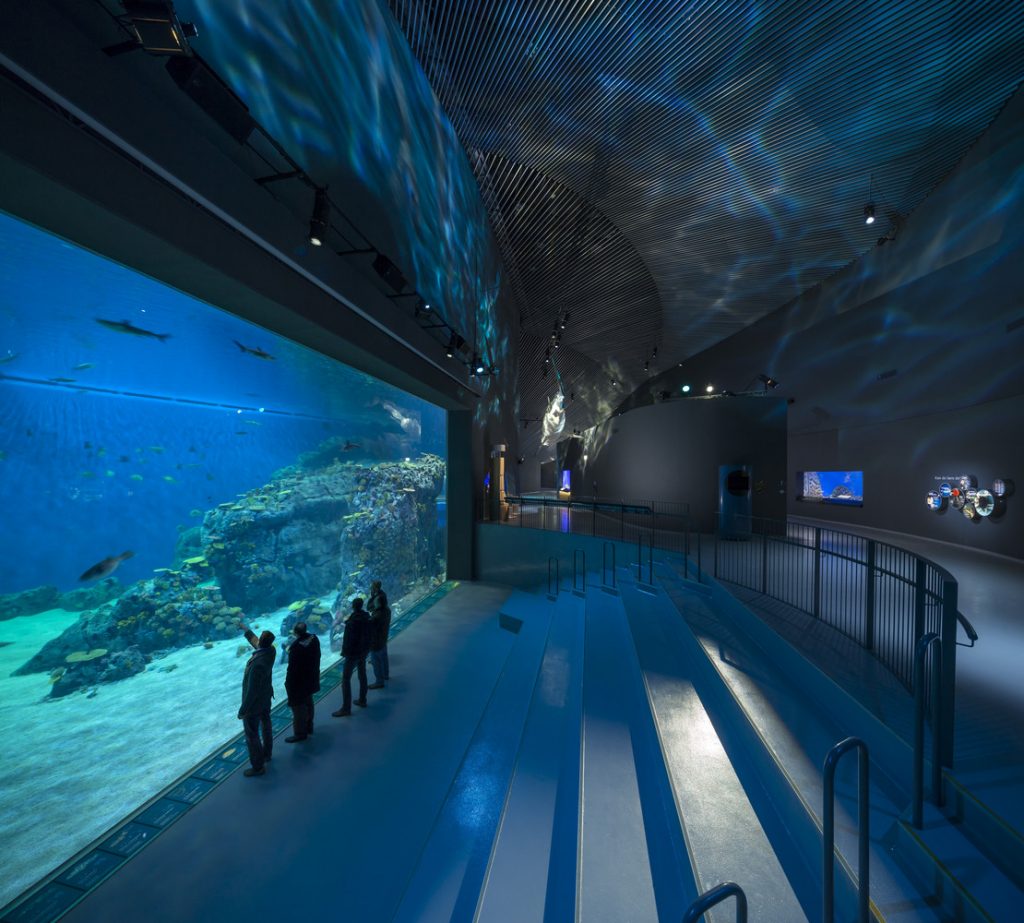
Den Blå Planet by 3XN
As the only aquarium in Denmark, The Blue Planet focuses on all aquatic life – from cold and warm waters, fresh and salt. In total, The Blue Planet contains about 7 million liters of water and 53 aquariums and displays. The captivating experience of life in and under the water is enhanced here with a mixture of light, sound, advanced AV-technology, projections, film, and interactivity.